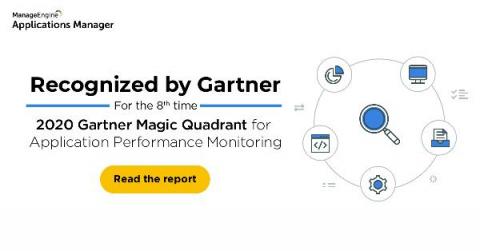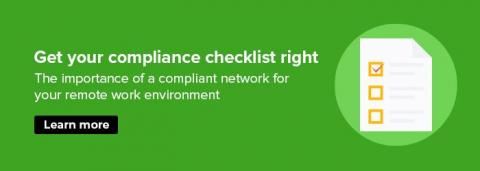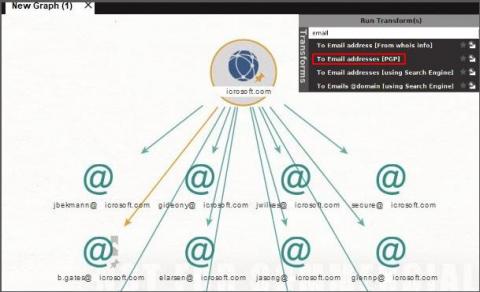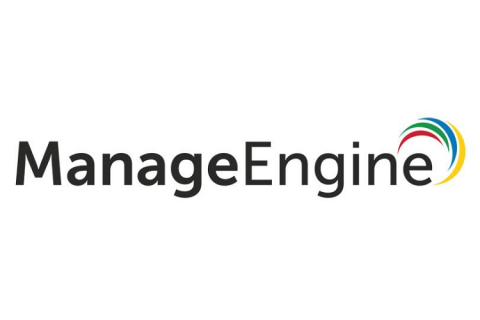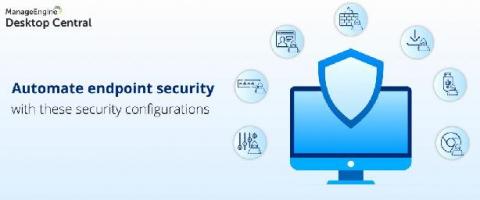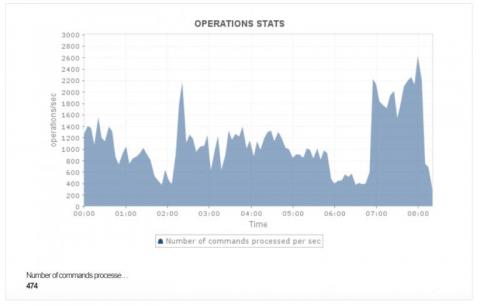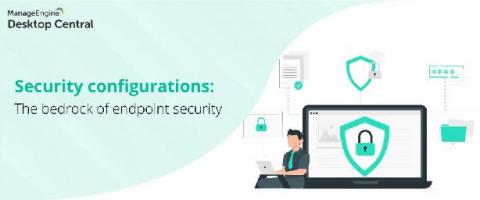ManageEngine recognized in Gartner Magic Quadrant for Application Performance Monitoring
We are happy to announce that ManageEngine has been recognized by Gartner in its 2020 Magic Quadrant for Application Performance Monitoring. Applications Manager has helped thousands of customers across the globe streamline and manage their servers and applications effectively.


